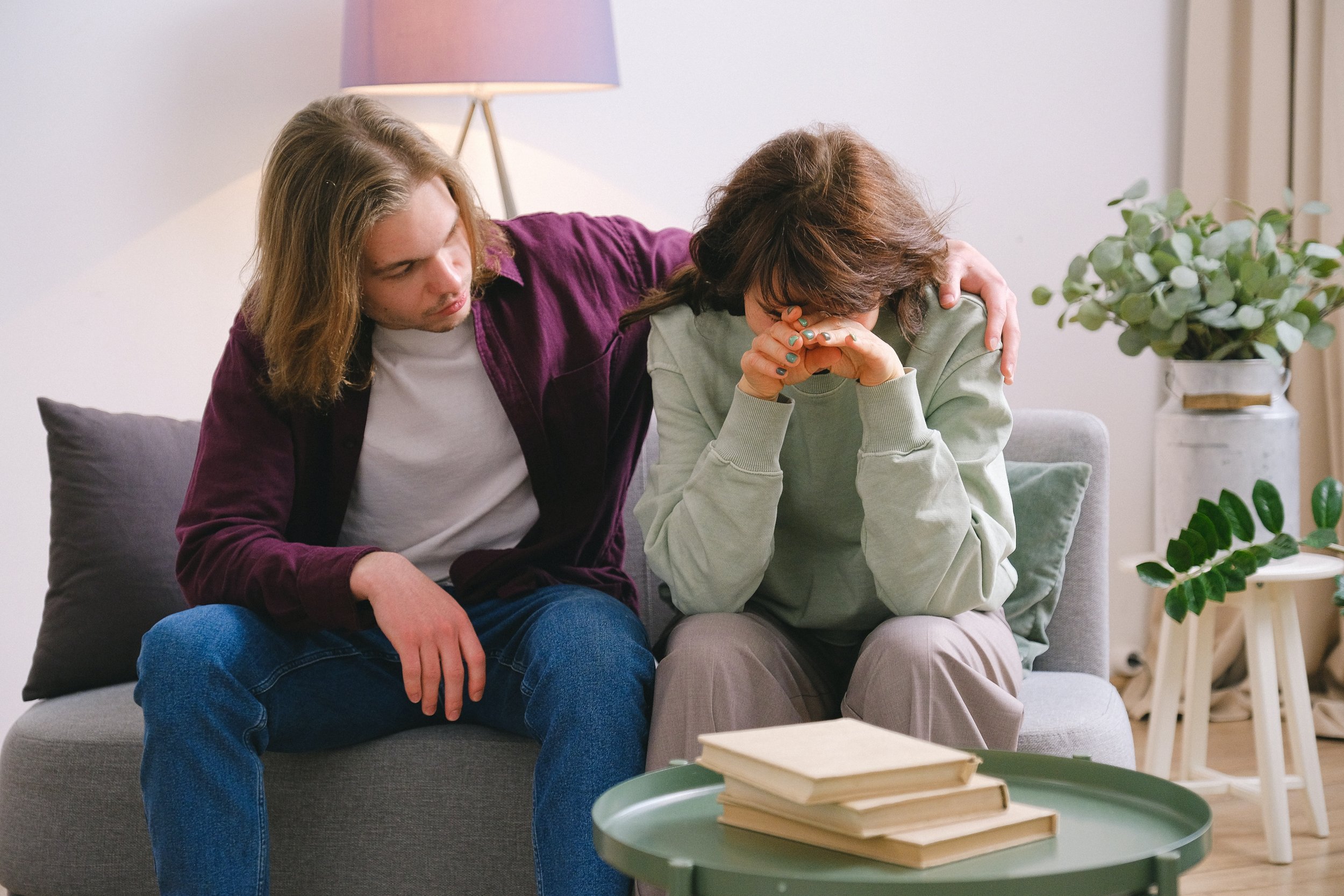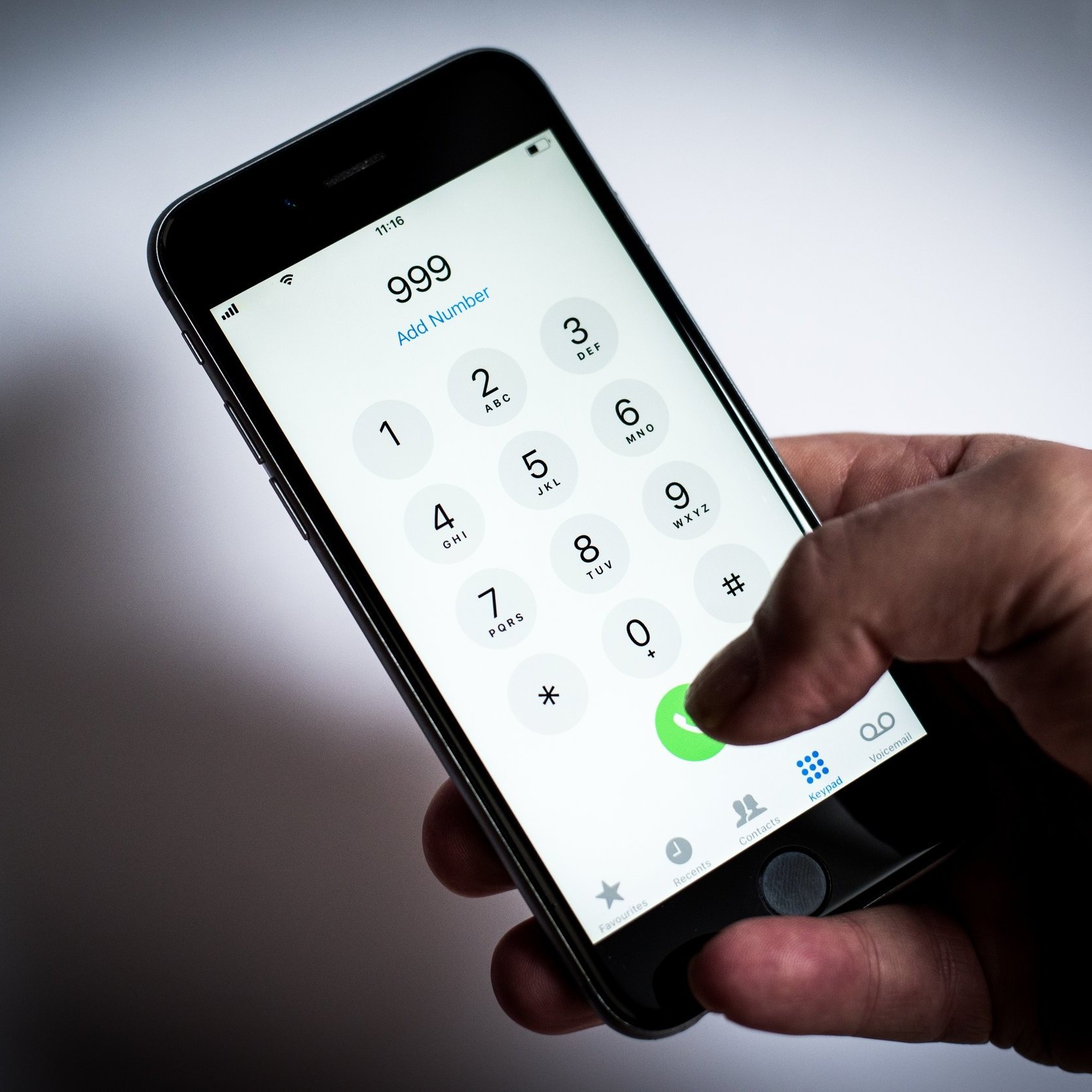
What You Can Do To Help
In An Emergency Always Call 999
It can be hard to know what you should do in these situations.
It’s important to safely connect the victim with specialist support services. It is also important to flag the suspected perpetrator, and, if you suspect that someone is at risk, you can find out if they have a criminal history of abuse.
You can report an abuser, or report abuse on behalf of someone else experiencing or witnessing abuse, even if you’re not certain there is abuse happening.
It’s best to try to check first, but if you feel someone is in danger or at risk of harm, follow your gut instincts and report it.
How To Report Domestic Abuse
Tell the police by calling 101 or go online here. In an emergency call 999.
Call the National Domestic Abuse helpline on 0808 2000 247.
If phoning the National Domestic Abuse helpline isn’t an option, use this contact form instead.
Other Support Services
Contact a child’s school to share concerns that they may be being abused or witnessing abuse, or to share an incident you have witnessed. The school will log this, support the child, and take steps with the appropriate organisations to safeguard the child without endangering them
Contact Respond for Abuse for advice for employers about what to do on 07770480437 or 0203 8793695 or email Adviceline.EB@hestia.org between 9am-5pm Monday to Friday for support.
Find out if the (suspected) perpetrator has an offending history by requesting information under Clare’s law using this link. You can also go into a police station and make an application.
Download the Bright Sky App. The app is free and hosts a UK-wide directory of specialist support services and offers users assessment tools to help you spot the signs of someone experiencing domestic abuse. It also provides a means to confidentially log incidents, messages and information remotely.
My friend just told me he or she is being abused
If someone tells you that they are being abused they need you to listen and support them. It takes enormous bravery and courage to share that this is happening.
Be aware they may not share much at first; and resist the urge to try to get them to leave the relationship immediately. On average it takes seven attempts before someone is able to escape for good because leaving an abusive partner is a process, not a single step.
Create a safe space for them to talk and open up when they are ready. Speak in private where you can’t be overheard. Be clear that you won’t judge and that you will listen.
Help them to feel heard. Listen without interrupting. Let them know that they are being heard, and that you take what they are sharing with you seriously, and, that you believe them.
Let them know they are not alone. There are support services available with people who can help, and there are always options, even if it sometimes it doesn’t feel like that.
Encourage them to get help and support, Give them the phone numbers, the online forms, and the helpful references from this site that they can use when they are ready.
Don’t push, give them time. Recognising that there is abuse happening is the first step to getting help and support. Make it clear they don’t have to do anything they don’t want to.
Report it. Help them contact the right services when they are ready, or, do it on their behalf if you believe they (or their children) are at risk.
I see something that feels wrong happening when I’m out
Domestic abuse usually happens behind closed doors, but things can, and do, happen in public. People often don’t intervene because they don't want to be targeted themselves; they believe that someone else will step in; or think they must be wrong about what they saw because everyone else ignored it as well. The biggest reason people give for doing nothing is not knowing what to do.
If you notice something in public that seems wrong, here’s what you can do:
Call 999 if you believe the victim is in immediate danger.
DO NOT directly intervene unless you believe it is safe for the victim and for you, to do so. Intervening can be dangerous.
It can be difficult to tell what’s happening, and, if you should get involved or not. If you’re unsure, focus on the person being targeted and check:
• Are they trying to escape or move away from the perpetrator?
• Do they appear to be frightened?
• Are they asking or begging the perpetrator to stop?
• Do they seem upset or uncomfortable?
• If you can make eye contact with them, do they respond in a way that makes you think they want help?
If you do decide to intervene, it doesn’t have to be confrontational. You can use the Five D’s intervention model, developed by Hollaback! to diffuse a situation and support someone who’s experiencing abuse, without putting you or anyone else at unnecessary risk.
The idea is to use a combination of these tactics according to where you are, who’s involved and what the situation is:
Direct. Directly intervene in a situation.
This can be a high risk strategy and is not always recommended so use your instincts to decide if this is safe.
Delegate. Get help from someone else.
If you don’t feel it’s safe or appropriate for you to step in, get help from someone else to intervene for you or with you. This could be someone in authority – the driver or guard if you’re on public transport; bar staff or security if you’re in a bar or club; a manager or security if you’re in a shop; or it could also be other members of the public or a passer-by who’s willing to help. If the situation is serious enough, you might also decide to call the police.
Distract. Take an indirect approach to de-escalate the situation.
Interrupt or distract from the incident to give the person being targeted a chance to move away. You could strike up a conversation with the victim, asking for directions or pretending that you think you know them. You could drop something nearby or create some other minor fuss. Make some noise - such as singing, coughing loudly, holding a real or pretend conversation on your phone - so the abuser knows you’re there and you can see what’s happening.
This works well if you are witnessing something in a place where the abuser may assume they aren’t being seen, for example an empty car park, quiet street, back isle of the supermarket etc. If you’re at work, you could make up an excuse to speak to the person about an unrelated task.
Document. Make a mental or physical note of as much information as possible.
Take down number plates, note how someone looks, take photos or video as evidence ONLY if you can do so without the parties seeing, make a note of anything that might be helpful or provide you with a way to report what you have seen. For example, if a child is wearing a jumper with a school emblem on it, make a note of it and report what you saw to the school.
Delay. After the incident is over, check in with the person who was harmed as long as you can do so safely.
Firstly, harm does not just mean physical harm, it also includes being yelled at, intimidated, or emotional abused. Ask them how they are feeling, or if they would like you to call anyone. Let them know you feel what you witnessed is abusive and that there are support services available that can help.






